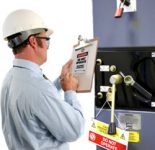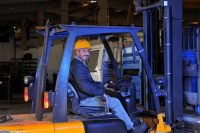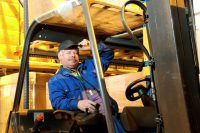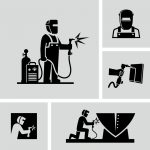Q&A: Transferring Locks Between Shifts
Recently, one of our subscribers asked the following question: I am looking for guidance on developing a lockout program where I can protect my employees from disassembled equipment while transferring the locks without having a physical hand off. Our second shift must leave equipment disassembled and locked out at midnight when they go home. We […]









